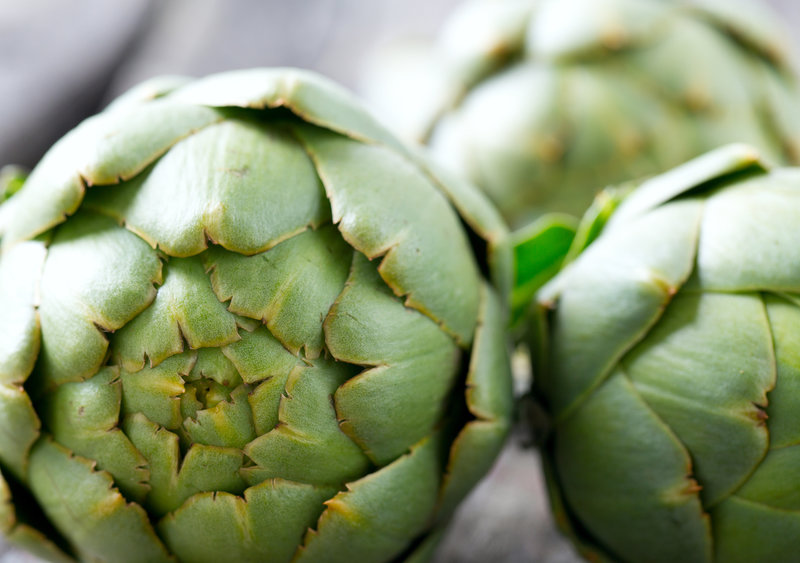Basket
Text: CUINA MAGAZINE Photo: Anna García Frigola
El Prat de Llobregat’s famous artichoke
Who could possibly believe that a thistle could ever taste this good?
The Prat artichoke, with its almost 100 years of history, is the king of the crops grown along the Llobregat delta, not far from Barcelona, and it deserves the crown for its quality and taste.
The deep and fertile terrain of the wetland area, the temperate climate protected by the mountains, and the closeness of the Mediterranean Sea ensure that the artichokes grown in this part of the country are sweeter and more tender than those from other climes.
According to the results of testing and tasting by the Castelldefels School of Hospitality, the local artichoke is defined as “slightly acidic, fresh, intense, sweet and velvety, tasty and smooth.” These features contrast with artichokes from other areas, especially the smoothness of taste, and there is also less of the typical “rust” once it is cut. In addition, it has a finer texture and is slightly astringent.
Believe it or not, the artichoke is in fact a type of thistle, which over the centuries has been cultivated as a food source. Its history goes a long way back, and even Homer talks of growing it in his garden back in the 8th century BC. They spread across the Mediterranean lands as the Greeks and Romans colonised areas north and south. The plants themselves require little attention and seem to thrive on almost nothing. In the arid lands of southern Italy, Sicily and North Africa they are found in markets for most of the year and are a staple in the diet and cuisine of many of our neighbouring countries, in soups, casseroles, salads and also roasted.

